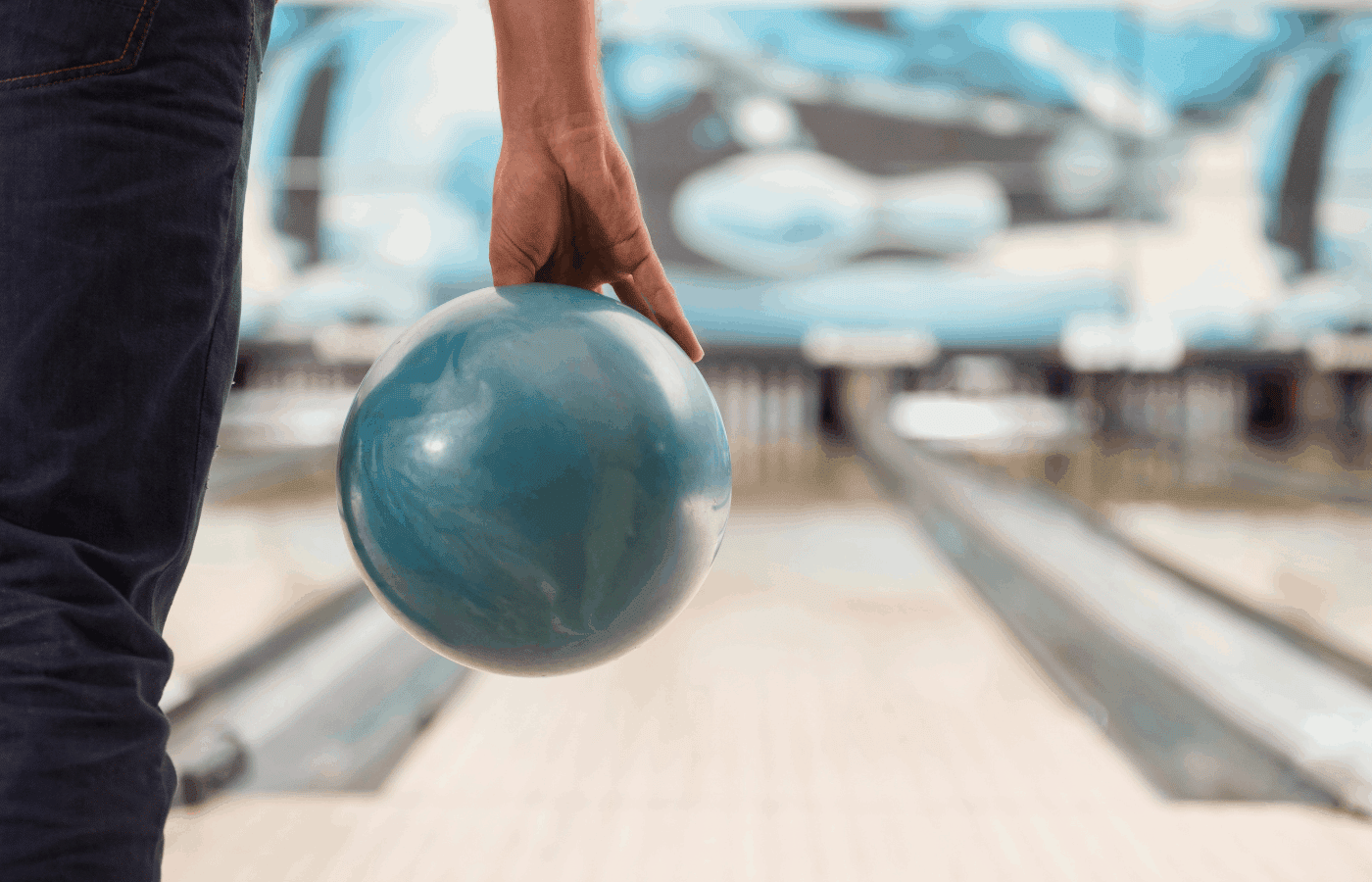According to the USBC, bowling is one of the most popular pastime sports in the US, with millions of participants and over a million playing in certified league games each year. As with many physically demanding sports, bowling can wear and tear on your body, especially the parts most involved in the sport – your thumb. Here we explain what causes the pain and how to treat and prevent it.
The most likely cause of the pain you feel in your thumb after bowling is the repeated pressure applied to the ulnar nerve inside your thumb. This pain is associated with a temporary condition called Bowler’s Thumb, which is easily treatable and preventable. Additionally, there are devices and techniques you can employ to make your bowling experience more comfortable and enjoyable.
Pain, swelling, and numbness are symptoms indicative of Bowler’s Thumb, which is caused by this chronic friction on the inside of your thumb. The ulnar nerve inside your thumb is frequently pinched, especially when you are constantly squeezing it into a thumbhole that is too tight or small. The pain and swelling can also result from spinning the bowing ball.
To make the most out of this popular sport and prolong your enjoyment of it, be sure to follow some of the preventative measures we have outlined. A little bit of prevention goes a long way.
How to Treat Bowlers Thumb
The pain in your thumb can grow into a bigger problem if you do not tend to it right away. As soon as you begin to feel pain or swelling, you should seek the mildest treatments first.
Repeated pressure and prolonged pain can impair your performance in the long run. Not being able to participate in ten-pin bowling will be the least of your problems!
Because of possible long-term nerve damage in the thumb, pain and swelling that goes untreated can result in severe nerve injury or disability, preventing you from using your thumb as you normally would. This calls for surgery. But surgical intervention is the rare, last resort; the sooner you treat it, the better. In most cases, mild treatments – discussed below – will alleviate the problem.
Prevention is desirable, you may still find yourself past this point and may need treatment instead – which is why you are reading this in the first place!
The cheapest and most common-sense treatment for pain is to refrain from bowling to rest your thumb. If you are a casual bowler, this should not be a problem.
The duration of your rest depends on the extent of the pain and swelling. For some, a couple of weeks will suffice. Others may need to rest a bit longer. We suggest that you consult a physical therapist to determine for how long you need to rest.
Occasional rest, coupled with over-the-counter anti-inflammatory medication, whether ingested or topical, can alleviate the discomfort and temper the swelling.
The most drastic treatment option is the surgical route. There are several procedures available for treating Bowlers’ Thumb, which can be grouped into kinds. One of them is nerve transposition, specifically the ulnar nerve transposition, in which the nerve is relocated to a spot where it will not be pinched or compressed. Neurolysis is another surgical procedure used to treat lesions of the ulnar nerve, by removing the tissue around it.
Both are outpatient procedures that will not put you out of bowling for too long. You will be able to resume bowling within two years, in most cases.
An X-ray or MRI, especially in severe cases, can help determine whether or not you have Bowler’s Thumb.
How to Prevent Bowlers Thumb
Prevention is the best cure; the optimal thing to do is to prevent the pain and swelling in the first place. There are a variety of accessible and relatively cheap items that can make your bowling experience more comfortable in the long run.
One of the most common items is a neoprene compression sleeve, which can be used to relieve the pressure on your nerves. These sleeves relieve pressure and pain by delivering warmth to the affected area.
A similar item is a thumb guard, which also works to relieve the pressure. The perk of using a thumb guard is that it allows you to strengthen your grip.
Thumb splints are also effective, yet cheaper, alternatives to compression sleeves. Splints will cost you anywhere between $9-34, with the cheaper and disposable options available for purchase at most pharmacy chains.
Thumbs socks also reduce compression and prevent callouses.
Another solution is to adjust the size of your bowling ball thumb hole; pain and discomfort are mostly caused by inappropriately sized finger holes. This solution is probably the most immediate and obvious solution that pops into your mind. Switch out your bowling ball for one that is the most appropriate size or of a lighter weight. If you have been using bowling balls provided by your local bowling alley, consider purchasing your own.
To check the current price and availability of the Bowlingball Thumb Saver, click here to view it on Amazon.
Practice Throwing a Bowling Ball With Proper Form
Whether you are a casual or avid bowler, looking to the professionals is a good idea. Mastering the art of bowling like a pro will not only ensure that you are following more safer and proper technique, it will also improve your overall experience.
Bowler’s Thumb is not the only form of trauma that can develop. Lower back pain, knee pain, tendonitis, and wrist pain can also develop from improper form and technique.
The first thing you need to learn, which may seem counterintuitive, is to not to use your thumb. It turns out that most professional bowlers do not use their thumbs when playing. Professional bowlers, Bob Benoit and Mike Miller were famous for their thumbless bowling technique!
Thumbless bowling is primarily employed to improve the spin on the ball, but it has the added benefit of reducing any potential trauma to your thumb.
We realize that this might not be the most comfortable technique but mastering a new technique so that you can continue bowling is better than not bowling at all!
In lieu of using your thumb, you can use your thumb, middle finger, and ring finger or just the middle and ring finger.
As with any sport, it is important that you learn and master the proper form and technique to reduce your chances of injury in the first place.
Final Thoughts
Whether you bowl as a hobby or as a regular in a certified league, or even as a pro, bowling can take a toll on your body.
While sporadic pain might not necessarily mean that you have developed Bowler’s Thumb, constant friction on your ulnar nerve over the course of a long period of time will likely cause it. If you are sporadic bowler, it is unlikely that you have this condition. There are various ways to manage and prevent pain and discomfort in the future, which we discuss in the sections below.
Avid bowlers are more likely to develop a “Bowler’s Thumb.” However, Bowler’s Thumb is a condition that can develop after any activity that involves extensive and prolonged use of the hands, with an inordinate amount of pressure being applied on the thumbs. For this reason, basketball players, massage therapists, jewelers, and cherry pitters can also develop Bowler’s Thumb.


